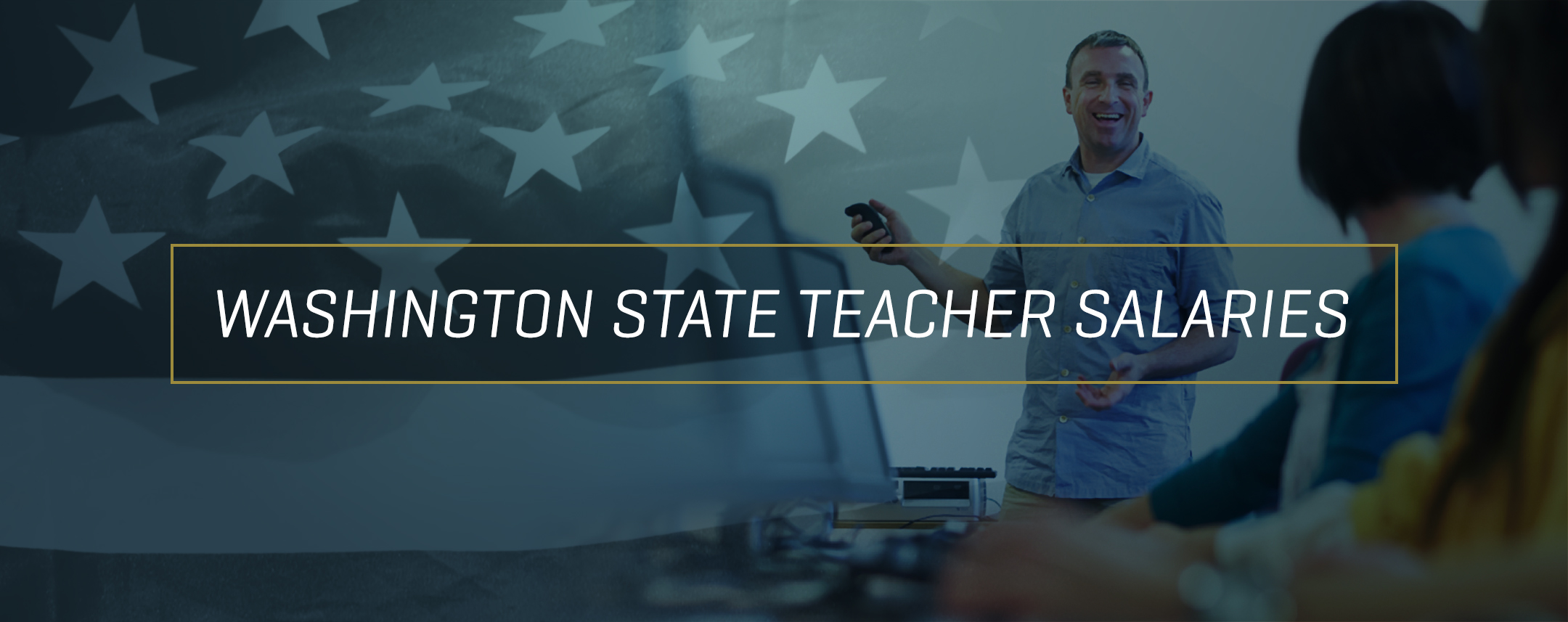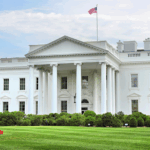The image of unfairly underpaid teachers is a compelling one, and it has fueled several illegal strikes around the state over the years. But is it accurate?
If you would like to know the current salaries and benefits for the individual teachers and other staff in your school district, you can find them at the links below. The Office of the Superintendent of Public Instruction provides the date. We have organized it in Excel spreadsheets or PDFs, alphabetically by district.
Teachers have every right to make the case for higher salaries. We all have that right no matter what our chosen career is. But the case should be made openly and honestly, disclosing the full facts to the people who must decide whether to trade their hard-earned dollars for the services.
Note: Statewide, the average 2013-14 compensation package for certificated instructional employees is $75,196. The average public school teacher earns a wage of $52,996 plus enhancements funded primarily from levies worth $12,676. Employee fringe benefits provided by the state average $9,524, but often levies also enhance this amount. Additional costs per employee for social security and other mandatory costs require another $11,263. (source)
2013-2014
Districts A-B – PDF | Excel
Districts C-D – PDF | Excel
Districts E-F – PDF | Excel
Districts G-K – PDF | Excel
Districts L-M – PDF | Excel
Districts N-P – PDF | Excel
Districts Q-S – PDF | Excel
Districts T-Z – PDF | Excel
2012-2013
Districts A-B – PDF | Excel
Districts C-D – PDF | Excel
Districts E-J – PDF | Excel
Districts K-M – PDF | Excel
Districts N-P – PDF | Excel
Districts Q-S – PDF | Excel
Districts T-Z – PDF | Excel
2010-11
Districts A-B – PDF | Excel
Districts C-D – PDF | Excel
Districts E-J – PDF | Excel
Districts K-M – PDF | Excel
Districts N-P – PDF | Excel
Districts Q-S – PDF | Excel
Districts T-Z – PDF | Excel
2007-08
Districts A-C – PDF | Excel
Districts D-F – PDF | Excel
Districts G-L – PDF | Excel
Districts M-O – PDF | Excel
Districts P-R – PDF | Excel
Districts S – PDF | Excel
Districts T-Z – PDF | Excel
2005-06
Districts A-C – PDF | Excel
Districts D-F – PDF | Excel
Districts G-L – PDF | Excel
Districts M-O – PDF | Excel
Districts P-R – PDF | Excel
Districts S – PDF | Excel
Districts T-Z – PDF | Excel
Here are the reasons why we believe it’s important to make this information publicly available:
1. Public school teachers are public employees.
Their salaries are paid by you and me and every other taxpayer in this state. It is not wrong for us to know what those salaries are. To the contrary, it’s good for us to know since that information allows us to make wise decisions about issues that will impact those salaries.
2. Today, many people commonly accept that “teachers are underpaid.”
Yet for most people this belief doesn’t stem from knowing the facts but from hearing the claim so often repeated. The facts may cause us to question that belief, or they may strengthen it in our minds. Either way, we shouldn’t hide them.
3. Third, individual teachers have an important job.
So important, in fact, that we must be able to measure the outcome of their work and judge the value of our investment in them. No one is suggesting you can put a price tag on a teacher’s love for his or her students, but love must be accompanied by a demonstrated ability to impart measurable knowledge and skills to those students. Teacher salaries should reflect that ability. We won’t know if they do until we know what the salaries are.











